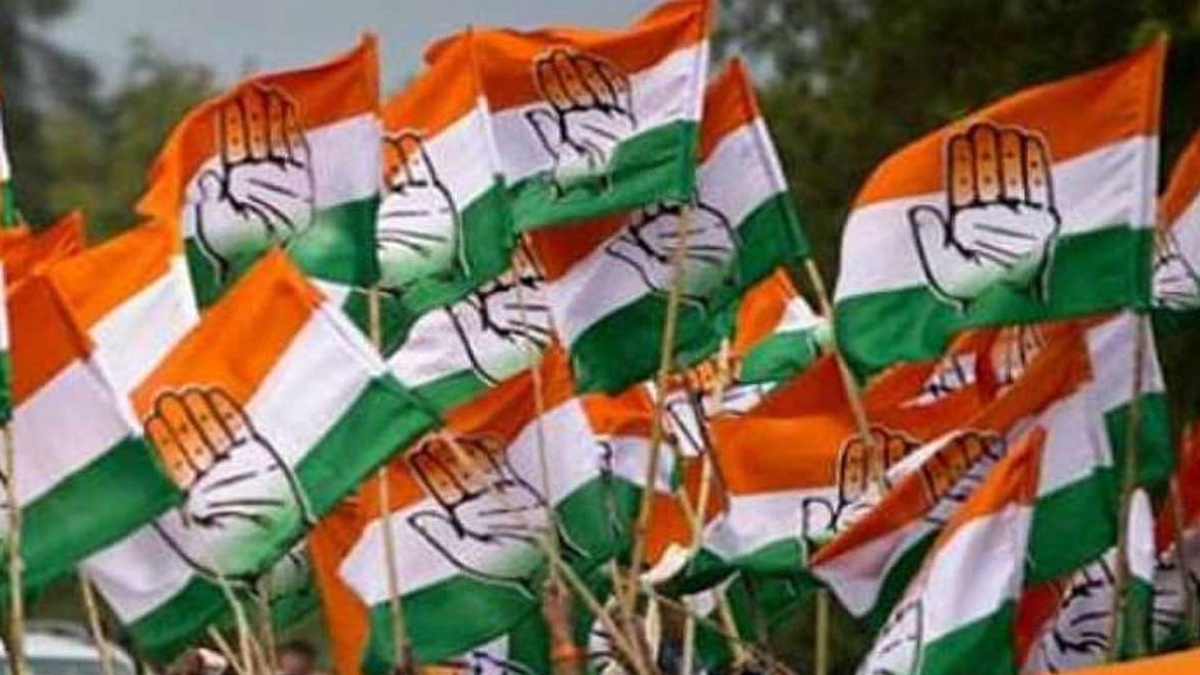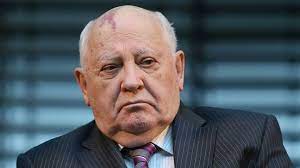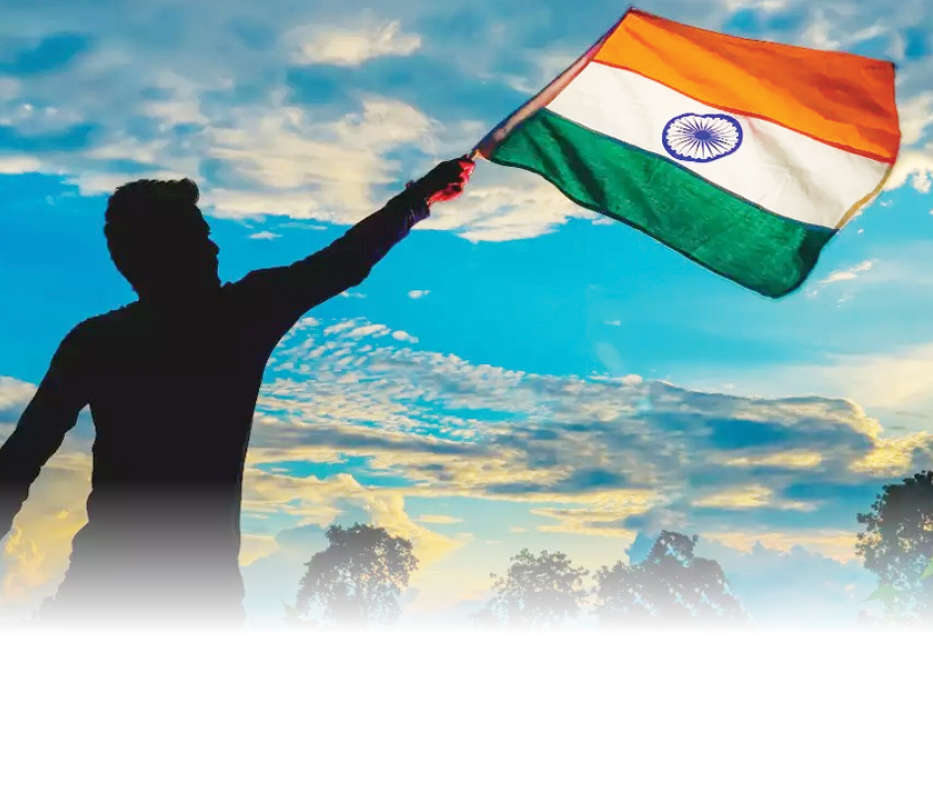The art of public policy seems way more intriguing in today’s context than it was before, simply because of the manner in which ‘we envision our society as a complex, yet evolving system’. A system which is “uncontrollable” but has the ability to be “influenced’’.
While managing state election campaigns or designing policy recommendations at the central government level, the most valuable learning has been the fact that in a “federal country like ours, the Central Government is nothing but a legal fiction”.
The Real work, the real action lies within the States, That is where the real problems are and that is where the solutions need to be found.
Undoubtedly, the objective of each policy maker is to “envisage recommendations directed towards solving problems from the bottom up”. By looking not merely at the immediate, but the long-term effects and tracing the consequences of that policy for all groups. However, the question always remains, what’s the essence of an effective policy and what ensures its success?
Simply put, the success of any policy is assured if it is “open, collaborative, consultative and expert oriented”.
To further add to this, the essence of an effective policy lies in:
How often do we hear feedback?
How often do we see course correction?
How often do we see stakeholders coming together and collaborating in a result oriented manner?
You will always find a seamless cause-effect relationship in each and every successful policy.
For instance: Living in India as a country perpetually under-construction, one of the major issues each city is facing is “traffic management”.
To counter the issue of traffic, the government/administration is always working tirelessly towards providing an ever increasing network of flyovers, road infrastructure around you.
In reality, we are always under the curve and catching up with the real pace of development!
So let’s assume that there is a traffic bottleneck in your city and as a policy intervention a fly over is planned to ease the traffic.
While theoretically this could be termed as an effective solution, however, in reality “whenever a flyover is conceived, till the time the flyover is constructed and opened up for public use, the increase in traffic over the years compensates for the development.
As a net result, the issue remains as it was before the flyover was conceived.
Why are we always under the curve?
While the bureaucracy in the government is nothing but exceptional, however, as the famous saying goes “modern problems require modern solutions”.
The need of the hour is to evolve from the old American system, where officials are still appointed in rotation, along with the political elite that take control of power after elections.
We need to ensure that there is an integrated system where experts / specialists are groomed from the very beginning of their career and they continue to take up specialized positions as they progress in their career.
The NITI Aayog, in its three-year Action Agenda, and the Sectoral Group of Secretaries (SGoS) on Governance in its report submitted in February 2017 had recommended the induction of personnel at middle and senior management levels in the central government.
The ‘lateral entrants’ have been planned to be part of the central secretariat which in the normal course has only career bureaucrats from the All India Services/ Central Civil Services.
The government’s action to appoint experts to fill 10 positions of Joint Secretary in different ministries and departments and 40 positions at the level of Deputy Secretary/Director, is one of the biggest game changers in the right direction.
The need of the hour is to plan and actively introduce Lateral Entry simultaneously in each state, UT, irrespective of the political party in power.
The idea is to provide professional support and assistance in the form of “domain expertise” to each government department by hiring specialists, on fixed term contracts.
Specialists who bring in “out of the box solutions” for issues which require nothing but a modern approach!
To understand the impact in a better way, let’s take the previous example of the “flyover”.
Let’s understand how things would change when a specialist, who has an extensive skill set and domain experience in designing solutions specifically for “traffic management” is hired.
The specialist might run a trend analysis and ascertain the increase in traffic and incorporate the same, in the initial design. Looking ahead, the expert may propose an alternative entry / exit for the said flyover keeping in mind the future increase in traffic.
The expert may also propose a few tweaks in the road “leading to and from” the flyover to ensure there’s a smooth transition of traffic leading to and from the flyover.
The expert may also ensure each stakeholder input is taken into consideration and course correction, if any is carried out at the earliest, to ensure a smooth “end to end completion” of the flyover.
Hence it is a win -win situation for both sides as the specialist brings in a definite value addition to the work of the government while further advancing their skill set in an exponential way which further builds their profile, once they join back.
The government on the other hand gets “specialized support, unbiased professional know-how, in terms of a solution driven approach” which comes in, as an additional supporting arm to the existing bureaucracy.
The idea of “new India” is only powerful if new ideas are welcomed and incorporated to become the essence of policy formation. This coupled with the right professional expertise could turn out to be the Policy solution to ‘long standing unsolved issues’.
The author is the public policy expert and Founder, Social Canvass Consulting.


 Opinion3 years ago
Opinion3 years ago
 Entertainment8 years ago
Entertainment8 years ago
 Entertainment8 years ago
Entertainment8 years ago
 Fashion8 years ago
Fashion8 years ago
 Opinion4 years ago
Opinion4 years ago
 Entertainment8 years ago
Entertainment8 years ago
 Politics8 years ago
Politics8 years ago
 Entertainment8 years ago
Entertainment8 years ago









